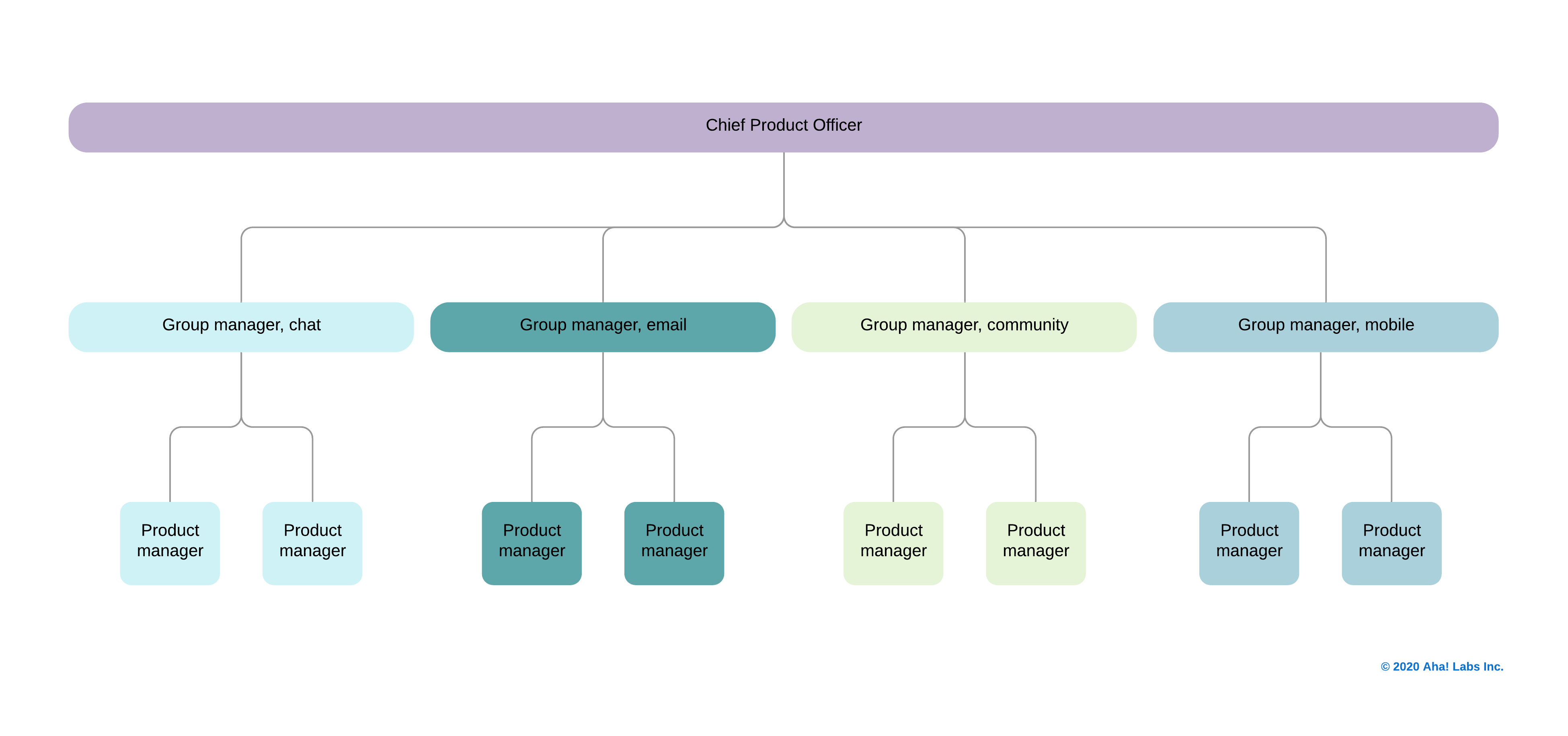Skip to content

Marketing
 Product
Product
The Product page provides a comprehensive overview of our offerings, detailing the features, benefits, and unique value propositions that set us apart in the market. This section serves as a guide for understanding our products, their development, and their impact on our customers. Whether you're involved in product design, marketing, or sales, this page offers essential information to help you articulate the value and functionality of our products clearly and effectively.
Product Team

John Scrugham
Promoter
🌉 SF

Alan Chowansky
Account Executive
🗼 JPN

Maria Marquis
Customer Success
🗽 NYC

Al Chen
Product Manager
🌉 SF

Andrew Stinger
🗼 JPN
Hannah Rochau
Account Manager
🗽 NYC
Lauren Struthers
Designer
🗽 NYC

Ben Lee
Engineer
🌲 the woods

Adam Davis
People Person
🌉 SF

Betty Huang
Admin
🗽 NYC

Charlotte Espeland
Support Rep
🌲 the woods
Toni Watt
Head of People
🌉 SF

Zack Aman
Engineer
🗽 NYC
Joe DiMento
Marketer
🗼 JPN

Jessica Park
Account Rep
🗽 NYC

Khoi Pham
Computer Guy
🌉 SF

Mithi Sagala
Sales Development Rep
🌲 the woods
Product Tools
Icon
Name
Description
Link
Team owns
Icon
Name
Description
Link
Team owns

Google Calendar
How we arrange our days.
IT

Salesforce
Tracking accounts, sales opportunities, and forecasting new revenue.
Sales
There are no rows in this table
Charter
A product team is typically comprised of cross-functional teammates. They are responsible for product management, product marketing, user experience, and product analytics. Product teams may also be tasked with marketing, forecasting, and profit and loss (P&L) responsibilities.
The table below summarizes the roles and responsibilities of each function within a typical product organization: product management, user experience, and product analytics. It also includes product marketing roles and responsibilities. Product managers may do that work if there is no product marketing team at an organization.
Product Functions
Function
Responsibilities
Roles
Function
Responsibilities
Roles
Product management
User experience (UX)
Product analytics
Product marketing
There are no rows in this table
Organizational structures
There is no one-size-fits-all structure. You can organize your product team around the different products or product lines in your organization, for example. Or you can align around the functional area each team supports — whether that is a product feature or a customer segment.
Consider these questions as you think about the best organizational structure for your product team:
Some of the most common product organizational structures are included below. Each is focused on a different business need, such as product type or customer segment. Choose a structure that best supports the goals you need to achieve.
By product or product line
Organizing around a product or product line is the most common structure for product teams, especially at larger organizations. Each product has a dedicated product manager who reports directly to the VP of product or chief product officer. In the example below, you see three product lines with an embedded UX designer.


This structure scales well and gives product managers autonomy over their product or product line so you can deeply focus on customer problems and how to solve them. Within this structure, product managers can make decisions and iterate quickly because they have very clear ownership. This structure can also lead to siloed work — so product managers must be intentional about making time to collaborate with peers outside their area of ownership.
By feature
Organizations with complex products may have teams dedicated to particular product functions or features. In the diagram below, one product manager is responsible for the product's chat features, another is responsible for the email platform, and so forth.


In this structure, product managers have a discrete area of focus and need visibility into cross-dependencies that exist for the suite of products. A chief product officer helps maintain visibility to create a cohesive whole.
By customer segment
Some organizations structure their product teams around customer segments. This is common when a product serves the needs of different vertical markets — finance, healthcare, manufacturing, etc. — as in the example below.


Product teams can also be structured around horizontal markets. For example, a sporting goods company that creates products for tennis players and golfers could have product managers specific to each category.
Just as in the other structures above, teams that are structured by customer segment have unique advantages and challenges. Visibility and cross-collaboration are crucial — the focus is delivering a complete product experience that exceeds customer expectations.
Want to print your doc?
This is not the way.
This is not the way.

Try clicking the ⋯ next to your doc name or using a keyboard shortcut (
CtrlP
) instead.













